
Can traditional botanical knowledge address the specific needs of maturing textured hair?
Traditional botanical knowledge offers time-tested, heritage-rich solutions for maturing textured hair's evolving needs.

What plants historically colored textured hair?
Historically, textured hair was colored using plants like henna, indigo, and logwood, reflecting deep cultural connections and ancestral care practices.

What biophysical reasons make textured hair vulnerable overnight?
Textured hair's unique coil and cuticle structure makes it prone to overnight friction and moisture loss, a vulnerability addressed by centuries of ancestral protective heritage.
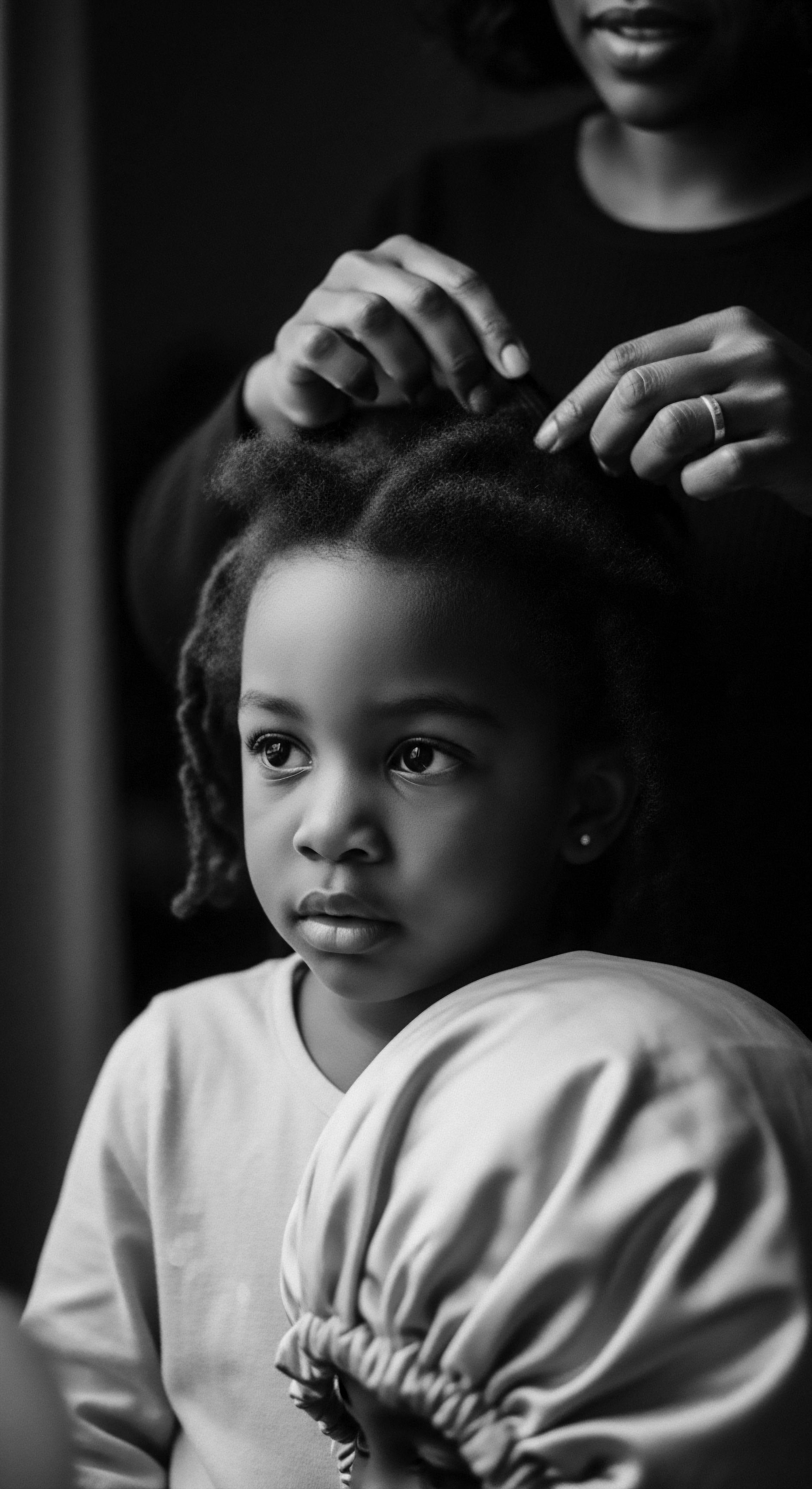
Gourd Heritage
Meaning ❉ Gourd Heritage is the enduring connection between ancestral communities and gourds, reflecting their profound role in textured hair care and cultural identity.
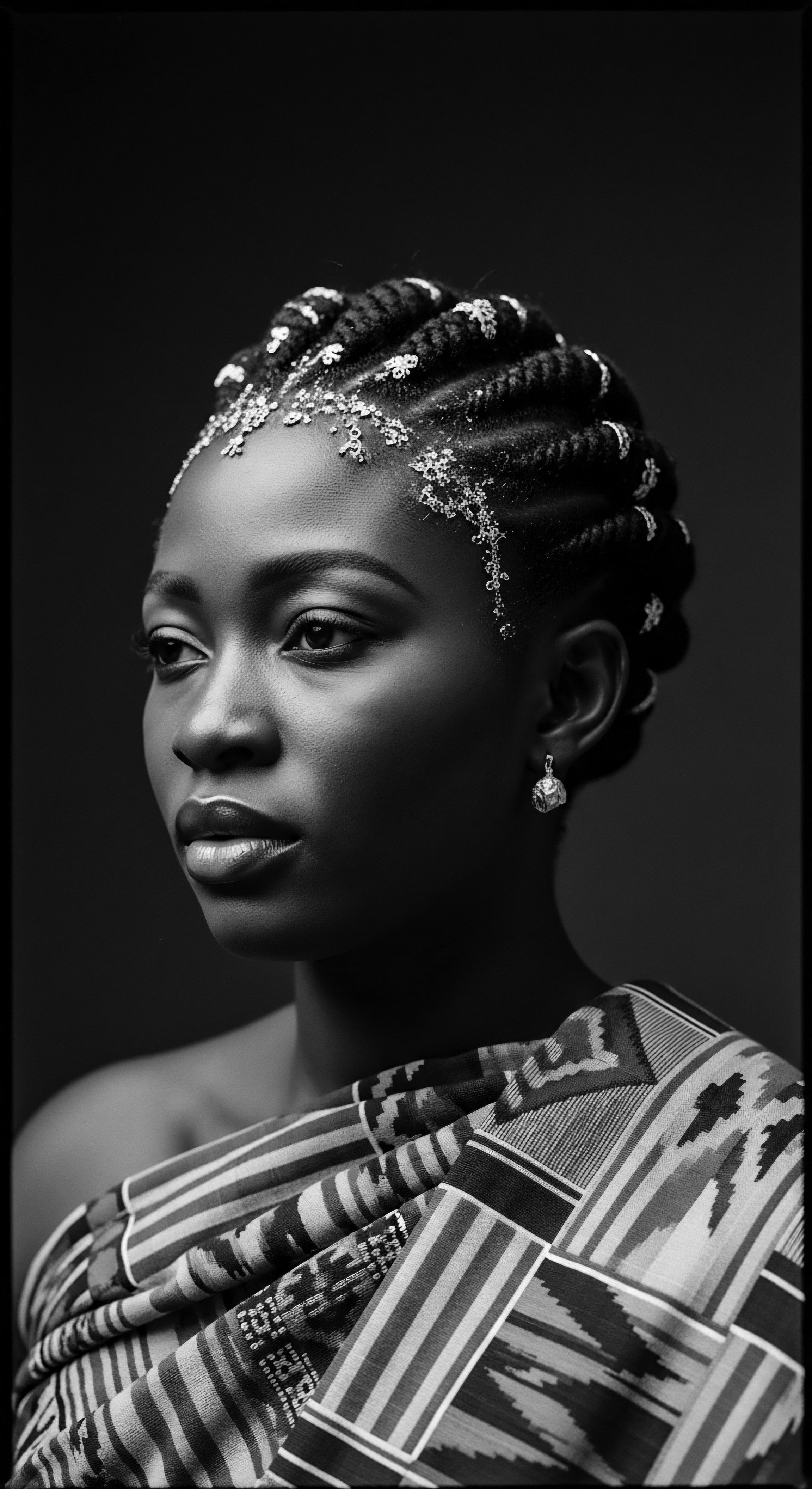
What is the historical spiritual connection between hair cleansing and African heritage?
Hair cleansing within African heritage intertwines physical purification with spiritual connection, honoring ancestral wisdom and textured hair's profound identity.

What traditional ingredients from African heritage supported nighttime hair nourishment?
Traditional African ingredients such as shea butter and various botanical oils offered deep conditioning and protection to textured hair during nighttime rest.

How did ancient communities care for textured coils?
Ancient communities cared for textured coils through indigenous botanicals, protective styling, and communal rituals deeply rooted in heritage.
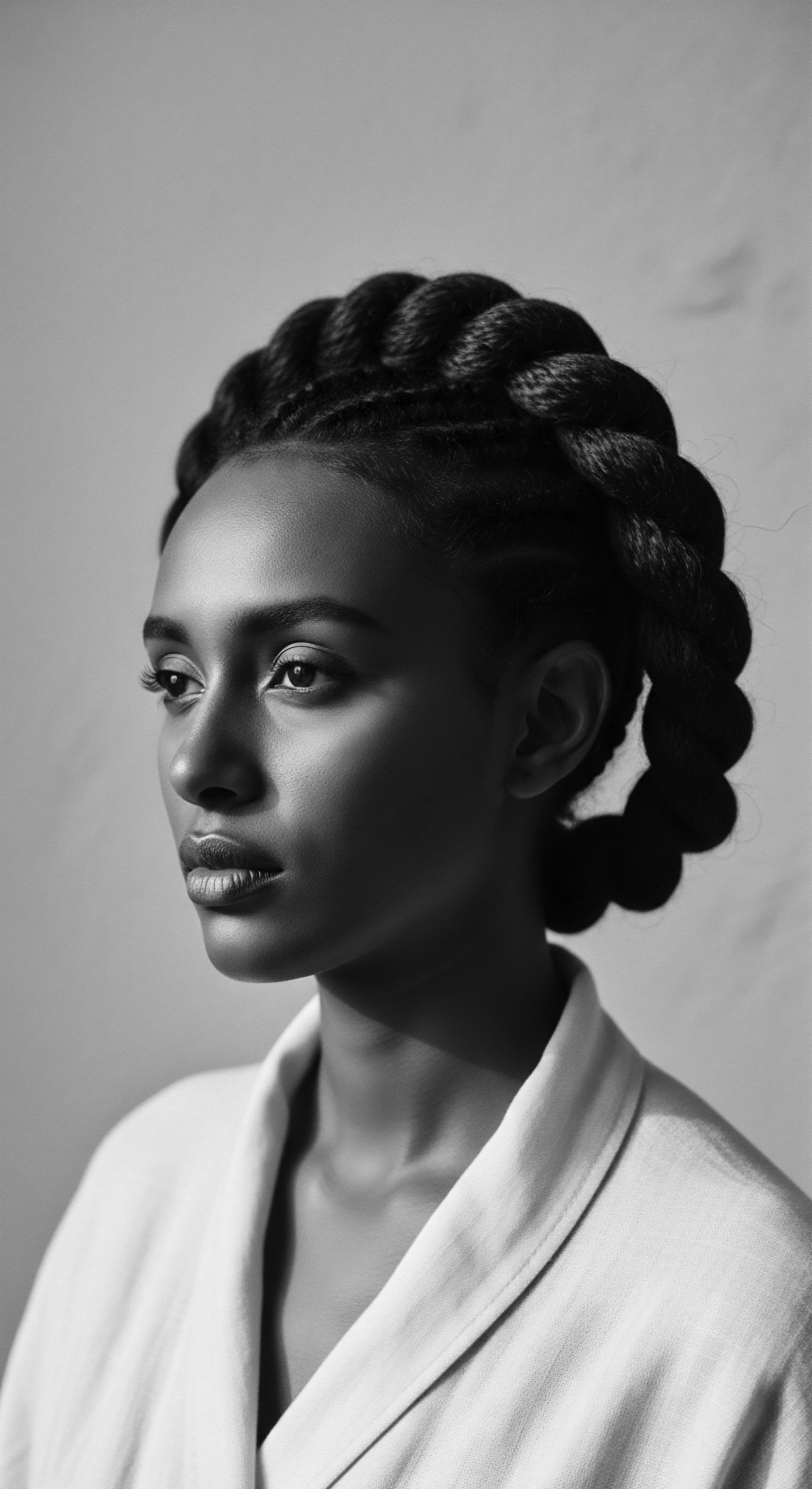
Eugenol Benefits
Meaning ❉ Eugenol Benefits encompass the myriad ways this natural compound supports scalp vitality and hair strength, rooted in ancient traditions and validated by science.

What is the historical significance of natural textured hair?
Natural textured hair holds profound historical significance, serving as a powerful emblem of identity, communication, and resilience across Black and mixed-race heritage.

Natural Hair Fermentation
Meaning ❉ Natural Hair Fermentation is the bio-transformation of organic materials by microbes to enhance their benefits for textured hair and scalp, rooted in ancestral wisdom.

Wooden Hairpins
Meaning ❉ A wooden hairpin is a natural tool, historically and culturally significant, used for gentle styling and securing textured hair.

What historical role did oils play in African textured hair?
Oils historically served as vital protectors and cultural touchstones for African textured hair, embodying ancestral heritage.

Can ancient African hair coloring methods inform modern textured hair routines?
Ancient African hair coloring methods, often plant or mineral-based, prioritized nourishment and protection alongside color, offering a heritage-rich blueprint for modern textured hair care.
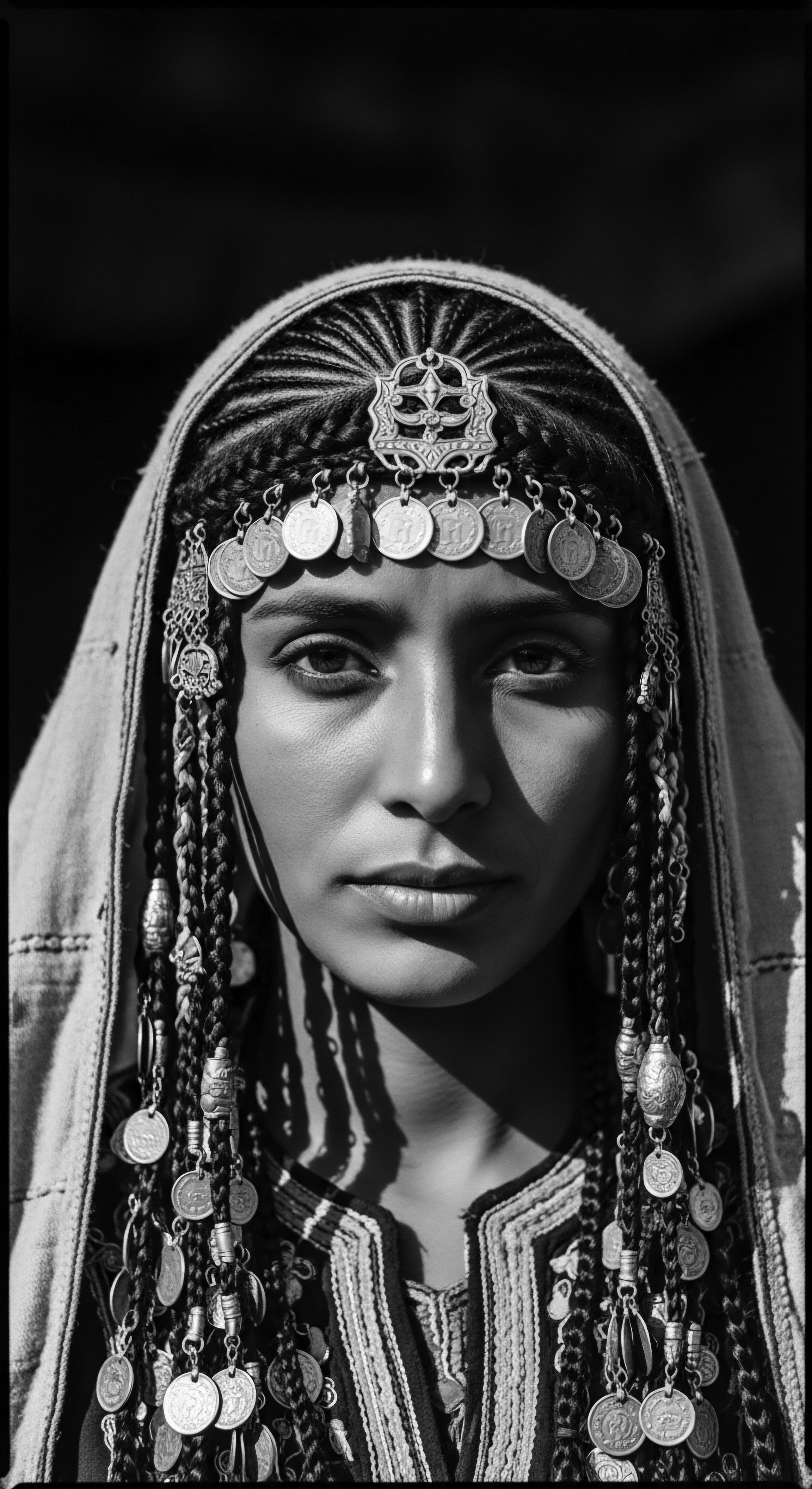
Keratin Oxidation
Meaning ❉ Keratin oxidation is the chemical alteration of hair's protein structure, primarily its disulfide bonds, leading to weakened strands and increased porosity.

Which traditional oils strengthen textured hair over time?
Traditional oils strengthen textured hair by penetrating the strands, sealing moisture, and protecting against damage, a legacy rooted in ancestral practices.

Sun Degradation
Meaning ❉ Sun Degradation refers to the structural and pigmentary alterations of hair, particularly textured hair, caused by solar radiation.

Can ancient clay hair treatments still offer benefits for contemporary textured hair wellness?
Ancient clay treatments offer cleansing and conditioning benefits for textured hair, honoring ancestral wisdom.

Mineral Hair Shield
Meaning ❉ The Mineral Hair Shield defines the intrinsic protective qualities of textured hair enhanced by ancestral practices utilizing natural, mineral-rich elements.

Why do historical protective styles align with textured hair biology?
Historical protective styles align with textured hair biology by minimizing damage, retaining moisture, and honoring ancestral wisdom.
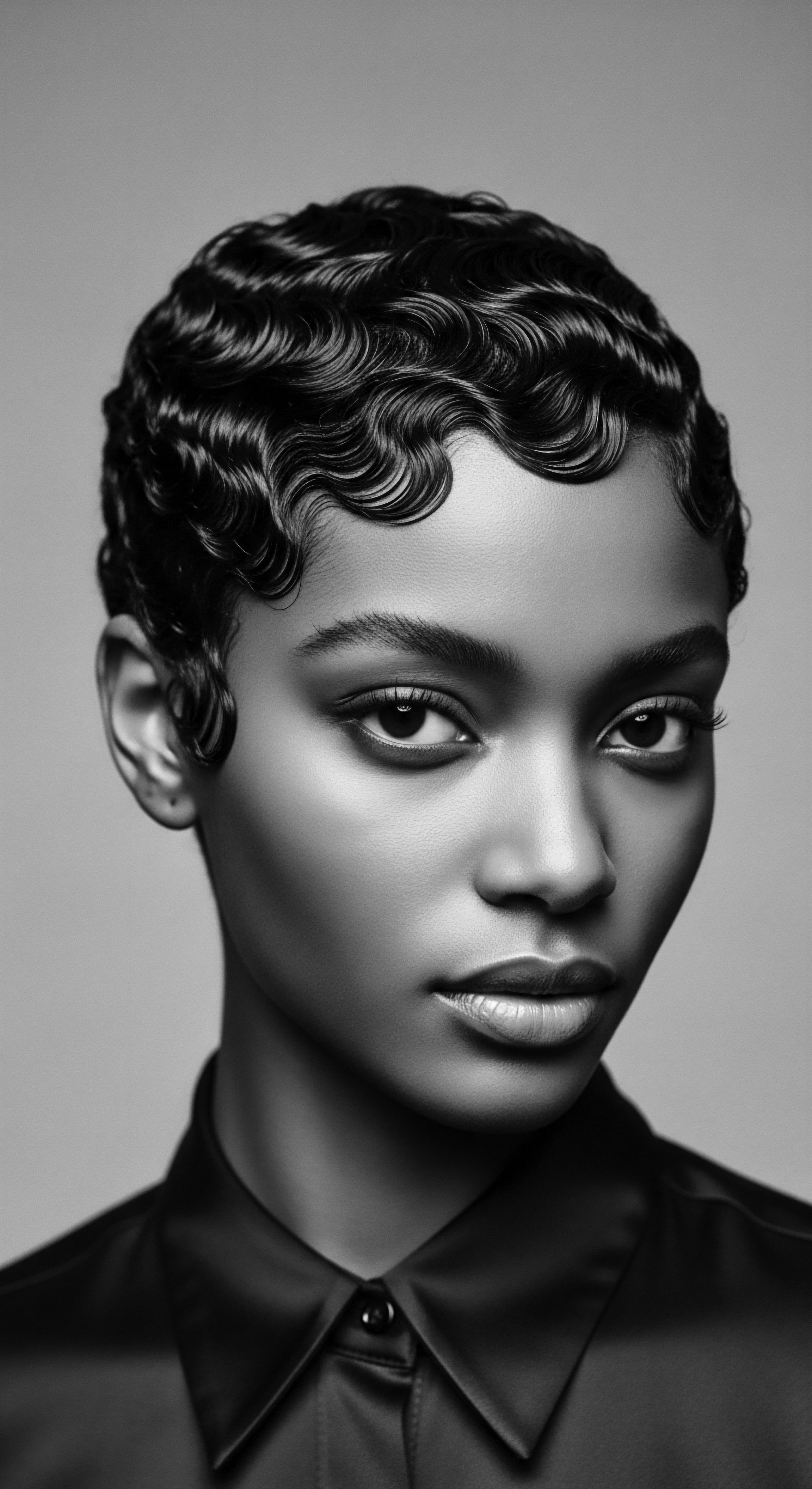
Dry Cleansing Methods
Meaning ❉ Dry Cleansing Methods involve non-aqueous techniques to refresh hair, absorbing oils and dislodging debris, deeply rooted in textured hair heritage.

What historical examples show clay protecting textured hair from the elements?
Historical examples show clays and mineral earths protected textured hair from sun, wind, and dust, embodying deep ancestral knowledge.

How did ancient African cultures preserve textured hair using plant emollients?
Ancient African cultures preserved textured hair using plant emollients like shea butter, palm oil, and baobab oil, recognizing their moisturizing and protective benefits.

How did early African people tend to textured hair?
Early African people tended textured hair through culturally rich practices, using natural ingredients and protective styles to honor its vitality and spiritual meaning.

